A vibrant and dynamic garden is not only about flowers. Some of the most breathtaking changes in landscapes occur through foliage that shifts color throughout the seasons. Color-changing foliage plants bring unique interest, transforming your yard into a living canvas that evolves month by month. Unlike blooms that may come and go, these plants add beauty for much longer and often surprise you with their transitions.
If you want to add motion, brightness, and year-round appeal to your garden, here are five stunning foliage plants that change color beautifully and can make your landscape truly unforgettable.
1. Japanese Maple (Acer palmatum)
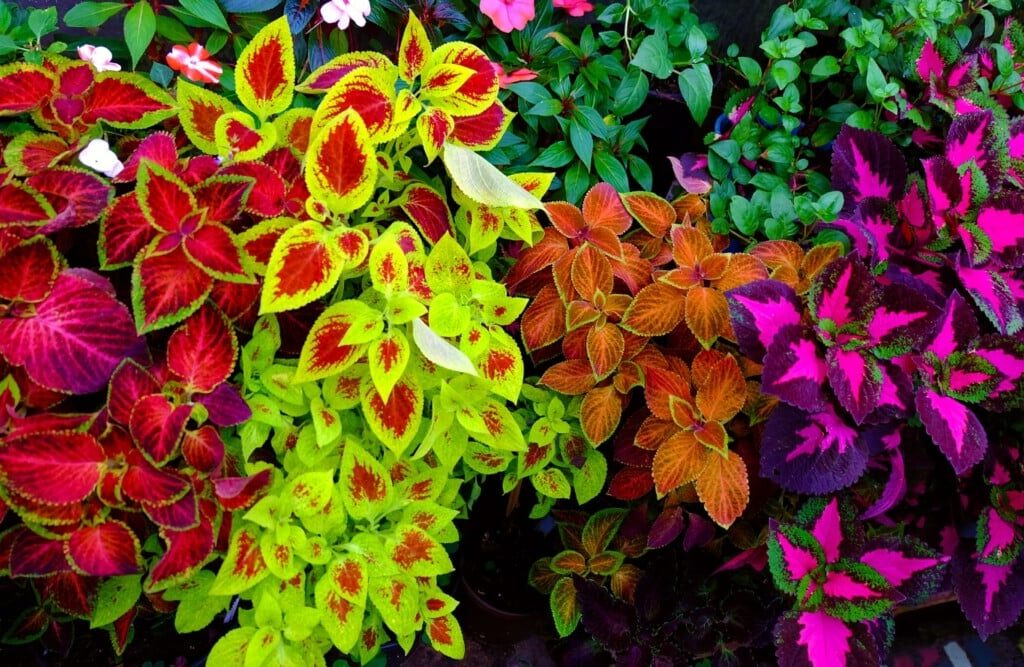
One of the most admired ornamental trees worldwide, Japanese maple is renowned for its delicate, lacy leaves and spectacular seasonal colors.
Why it’s unique:
- In spring, the foliage emerges in shades of light green, red, or purple (depending on the cultivar).
- By summer, the leaves deepen into rich greens or burgundy tones.
- Come autumn, the tree transforms into fiery shades of scarlet, orange, and gold.
Growing tips:
- Soil: Prefers well-draining, slightly acidic soil.
- Light: Partial shade is best, though some varieties thrive in full sun with adequate water.
- Watering: Keep soil consistently moist but never waterlogged.
- Care: Mulch around the roots to protect them from temperature extremes.
Why it’s a must-have: A Japanese maple acts as a living centerpiece in the garden, offering elegance and year-round drama with its ever-changing palette.
2. Smoke Bush (Cotinus coggygria)
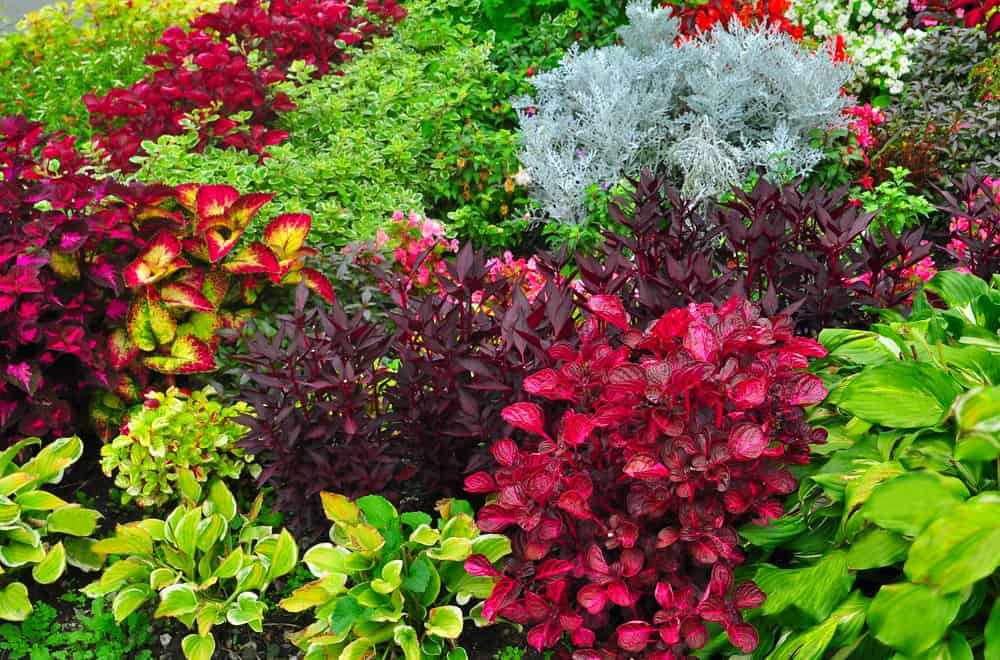
Also known as the Royal Purple Smoke Tree, this shrub is loved for its airy, smoke-like plumes in summer and its dazzling foliage.
Why it’s unique:
- The leaves emerge a soft purple or green in spring.
- By midsummer, they deepen into a rich, velvety burgundy.
- In autumn, the foliage turns glowing shades of orange, red, and golden-yellow.
Growing tips:
- Soil: Adapts well to most soils but thrives in well-drained conditions.
- Light: Full sun brings out the richest foliage colors.
- Watering: Once established, it is drought-tolerant and low-maintenance.
- Care: Prune in late winter to encourage bushier growth and vibrant leaves.
Why it’s a must-have: Perfect for adding bold textures and colors, the smoke bush adds depth and contrast to any landscape design.
3. Heuchera (Heuchera spp.) – Coral Bells
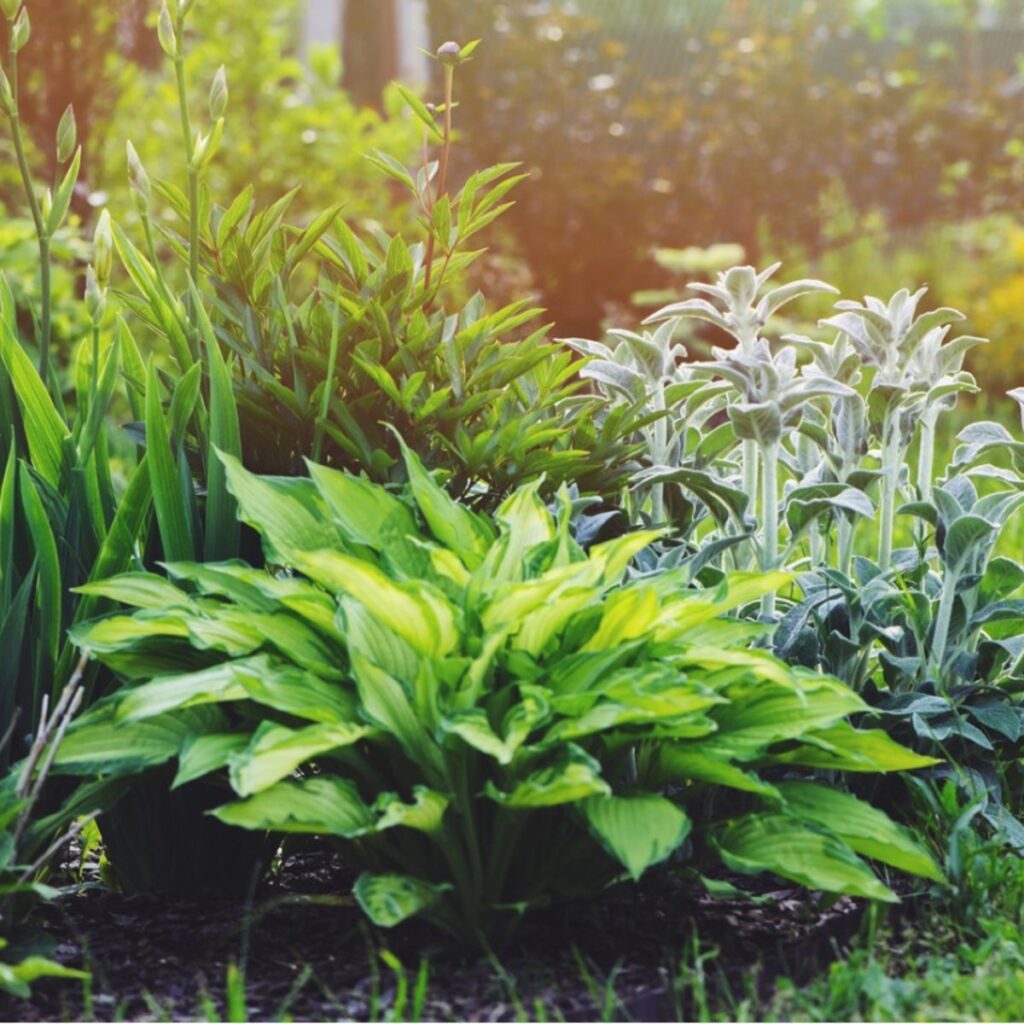
Heucheras, commonly known as coral bells, are beloved for their wide array of foliage colors that change subtly with the seasons.
Why it’s unique:
- Spring brings fresh growth in tones of lime green, amber, plum, or even silver.
- Through summer, leaves deepen in shade and often develop veining or highlights.
- In autumn, their colors intensify, with some cultivars turning fiery red or bronze.
Growing tips:
- Soil: Prefers fertile, well-drained soil.
- Light: Best in partial shade; too much sun can scorch delicate leaves.
- Watering: Keep soil evenly moist, particularly during hot months.
- Care: Divide clumps every 3–4 years to encourage fresh, vibrant growth.
Why it’s a must-have: These compact plants are ideal for borders, containers, or shaded gardens where their changing foliage provides all-season brightness.
4. Oakleaf Hydrangea (Hydrangea quercifolia)
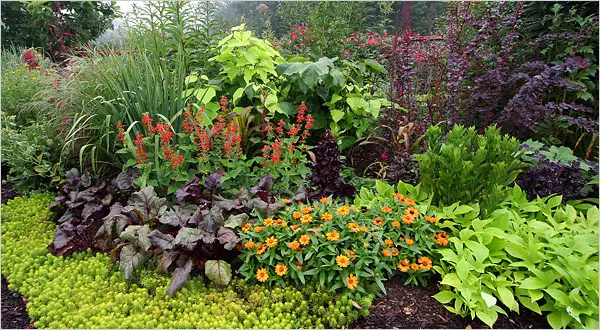
Known for its oak-shaped leaves and massive white flower clusters, the oakleaf hydrangea is equally prized for its dramatic foliage transitions.
Why it’s unique:
- Spring and summer bring lush green foliage that complements its creamy blossoms.
- As autumn approaches, leaves shift into spectacular shades of burgundy, red, and purple.
- Even in winter, the exfoliating bark adds beauty to the garden.
Growing tips:
- Soil: Moist, well-drained soil is ideal.
- Light: Thrives in partial sun or light shade.
- Watering: Regular watering is essential, especially in hot weather.
- Care: Prune after flowering to maintain shape without cutting next year’s blooms.
Why it’s a must-have: Few shrubs offer as much multi-season interest as oakleaf hydrangeas, making them perfect for gardeners seeking both blooms and foliage drama.
5. Burning Bush (Euonymus alatus)
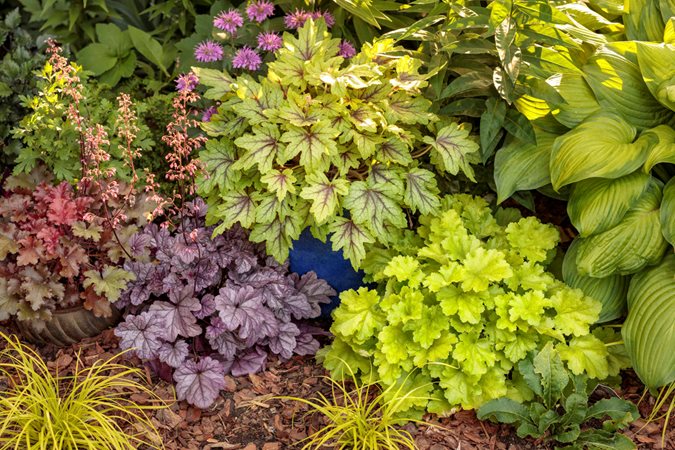
As its name suggests, the burning bush is one of the most striking shrubs for autumn landscapes.
Why it’s unique:
- In spring and summer, its foliage is a neat, dark green.
- During autumn, the leaves burst into brilliant scarlet red, creating a fiery spectacle.
- Its corky winged stems add texture, even after leaves have fallen.
Growing tips:
- Soil: Grows in a variety of soil types but prefers well-drained conditions.
- Light: Full sun ensures the brightest fall color.
- Watering: Low maintenance once established.
- Care: Prune selectively to maintain size and encourage healthy growth.
Why it’s a must-have: Its autumn brilliance is unmatched, making it a stunning hedge, border shrub, or focal point in any garden.
Design Ideas for Using Color-Changing Foliage Plants
- Create a layered look: Combine taller plants like Japanese maple with mid-sized shrubs like smoke bush or burning bush, and finish with coral bells as a border.
- Highlight seasonal interest: Place these plants where you can enjoy their changing hues year-round, such as near patios, pathways, or entryways.
- Mix textures: Pair foliage plants with different leaf shapes—lace-like maples with broad oakleaf hydrangeas—to add depth and variety.
- Balance with evergreens: Use evergreens to provide a steady green backdrop that enhances the seasonal changes of these color-shifting stars.
Final Thoughts
If you want your garden to be more than just a collection of flowers, adding color-changing foliage plants is the key. These plants bring subtle beauty in spring, rich tones in summer, fiery displays in autumn, and often striking textures in winter. From the delicate lace of a Japanese maple to the fiery drama of a burning bush, they ensure your landscape never looks the same twice.
By carefully choosing and combining these five stunning plants, you can create a dynamic outdoor space that evolves with the seasons—delighting you, your guests, and even passersby with its ever-changing beauty.
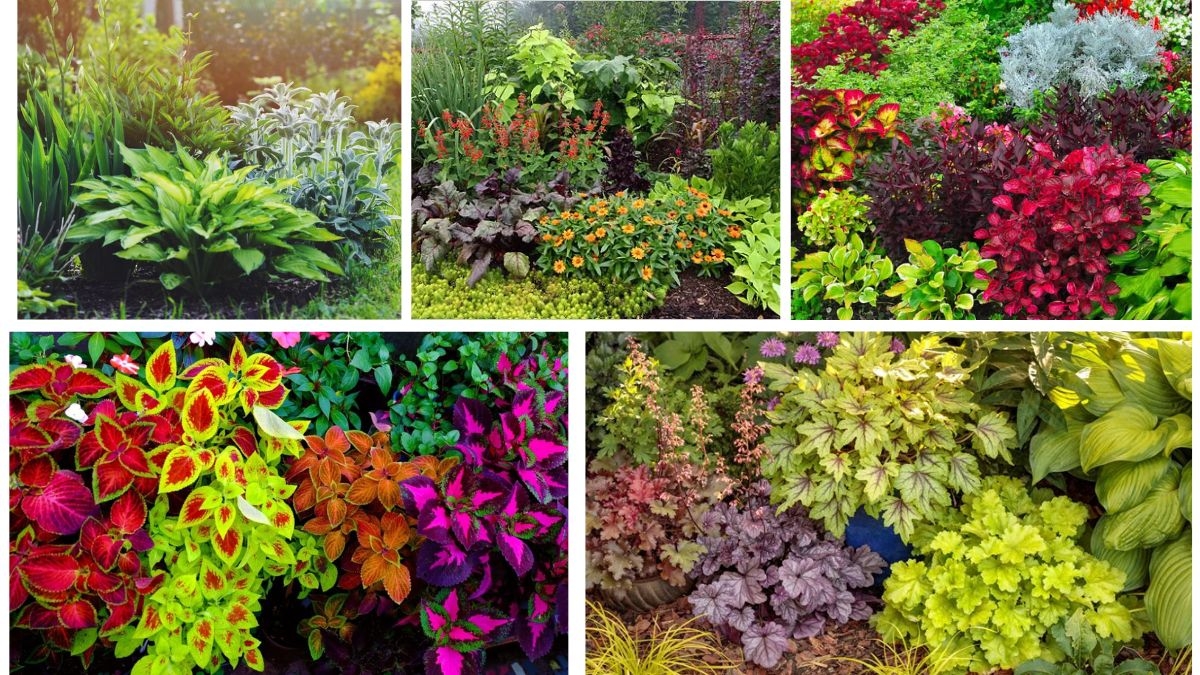


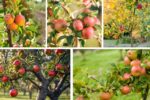


Leave A Comment